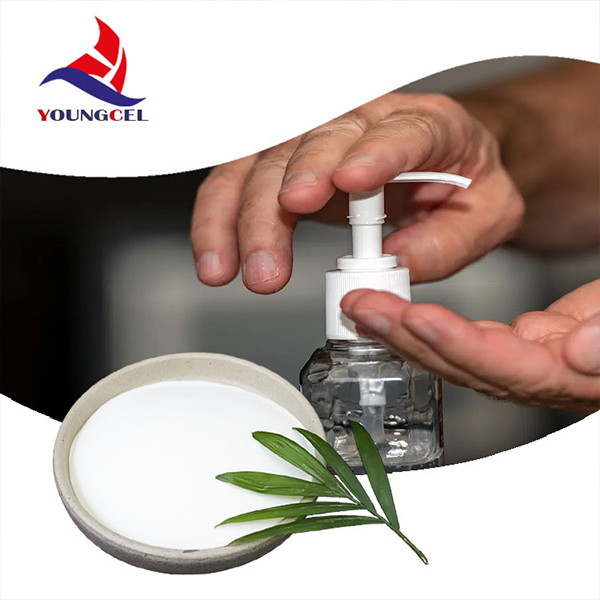The Role of Cellulose and HPMC in Paint Formulations
In the realm of coatings and paints, achieving the right balance between performance, aesthetic appeal, and environmental considerations is crucial. Among the various components that contribute to paint formulations, cellulose derivatives, particularly Hydroxypropyl Methylcellulose (HPMC), play a vital role. This article delves into the significance of cellulose and HPMC in paint applications, their benefits, and how they impact the overall quality of the final product.
Understanding Cellulose and HPMC
Cellulose is a naturally occurring polymer derived from plant cell walls, and it is one of the most abundant organic compounds on Earth. Its derivatives, such as HPMC, are synthesized through the etherification of cellulose, imparting unique properties suitable for various industrial applications. HPMC is a non-ionic, water-soluble polymer that enhances viscosity, improves stability, and modifies the rheological properties of paints.
Functions of HPMC in Paints
1. Thickening Agent One of the primary functions of HPMC in paint formulations is its ability to act as a thickening agent. By increasing the viscosity of the paint, HPMC ensures better suspension of pigments and other solid particles, thereby preventing settlement and ensuring uniform color distribution. This is essential not just for aesthetic reasons but also for the durability and performance of the coating.
2. Improved Workability HPMC contributes to the workability of paints, making them easier to apply. When added to water-based formulations, HPMC provides a smooth and consistent texture, facilitating effortless application via brushes, rollers, or spray equipment. This attribute is particularly advantageous for achieving a professional finish, as it reduces the likelihood of drips and uneven coatings.
cellulose hpmc for paint

3. Water Retention In addition to thickening properties, HPMC significantly enhances water retention in paint formulations. This characteristic is crucial during the application process, as it allows the paint to remain wet for longer periods. Extended working time means artists and painters can manipulate the paint more freely, correcting mistakes and ensuring that the finish meets their expectations.
4. Film Formation and Adhesion HPMC improves the film-forming properties of paints, which directly influences adhesion to various substrates. A good film forms a protective barrier against environmental factors such as moisture, UV radiation, and pollutants. This is particularly important for exterior paints and coatings, which must withstand harsh conditions.
5. Compatibility and Stability HPMC is compatible with a wide range of other additives and components commonly found in paint formulations. It helps maintain the stability of emulsions, ensuring even distribution of ingredients for improved performance. This compatibility is advantageous for formulators who seek to create eco-friendly paints with minimal volatile organic compounds (VOCs).
Environmental Considerations
In today’s market, there is a growing demand for sustainable and environmentally friendly products, including paints. The use of cellulose derivatives like HPMC aligns well with this trend, as they are derived from renewable resources and can help in the formulation of low-VOC and eco-friendly paints. HPMC can replace more harmful components, contributing to safer indoor air quality and reduced environmental impact.
Conclusion
In conclusion, cellulose and HPMC serve as critical components in modern paint formulations. Their multifunctional properties enhance various aspects of paint performance, from thickening and workability to water retention and adhesion. As the paint industry continues to evolve towards more sustainable and user-friendly products, the role of cellulose derivatives like HPMC becomes increasingly significant. Manufacturers and formulators that embrace these innovative ingredients not only improve the quality of their products but also contribute to a healthier environment. As consumers become more discerning, the importance of such additives in paint formulations will only continue to grow.
-
Premium Detergent Grade HPMC Hydroxypropyl Methylcellulose: Superior Thickening & StabilityNewsAug.31,2025
-
HEC 100000 Hydroxyethylcellulose for Paint | Superior ThickeningNewsAug.30,2025
-
Wall Putty Rdp Powder Packaging DesignNewsAug.29,2025
-
Introduction to Hpmc Hydroxypropyl Methyl CellulosNewsAug.29,2025
-
Hpmc Industri Grade IntegrationNewsAug.29,2025
-
How to Choose the Right Construction AdhesiveNewsAug.29,2025




